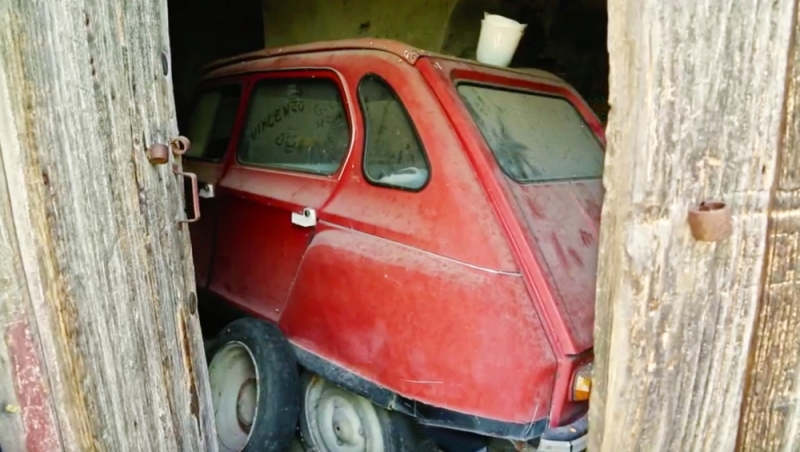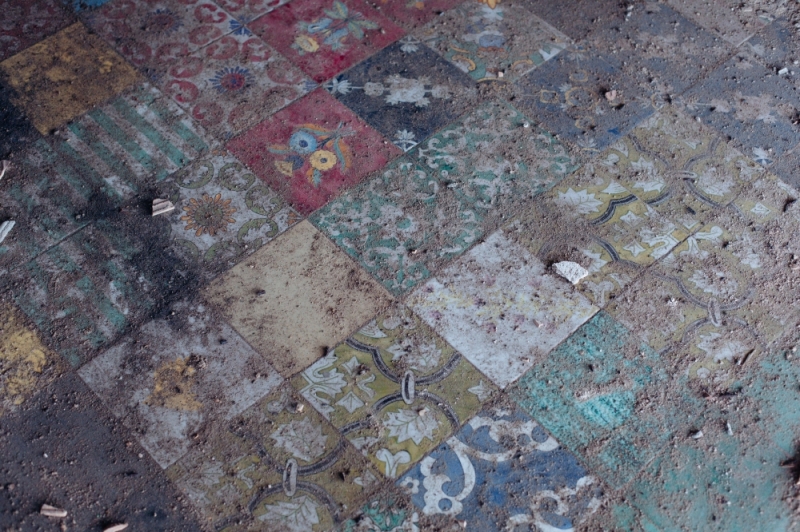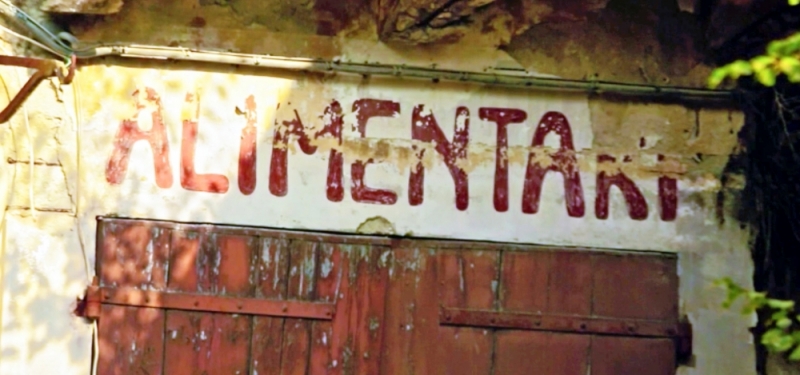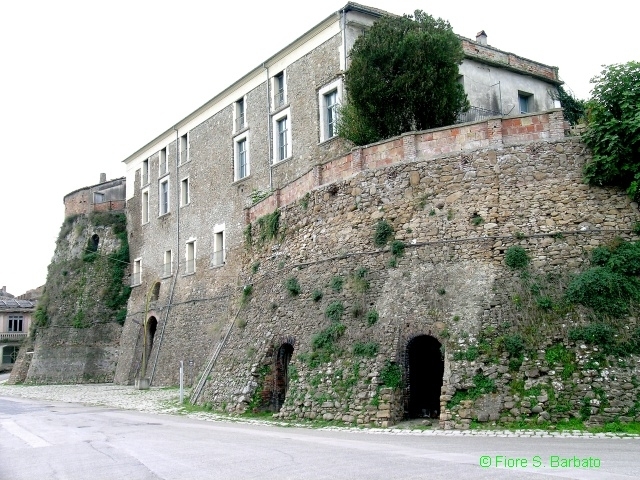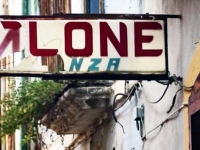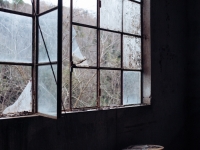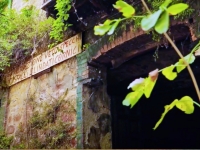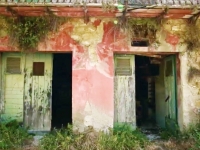The History of Apice
We find Apice mentioned for the first time in the 8th century, in a diploma granting the Lombard Prince Grimoaldo to Montecassino "sub Apice". In 1113 it was devastated by the Benevento constable Landolfo della Greca, in retaliation against the Normans who harassed the Benevento people. In 1122, it was besieged by William Guiscard, in 1138 it was held by Rainulf of Alife, who was besieged by Roger the Norman, who took possession of it and gave it to the count of Buonassociazione. Under the Angevins it was the scene of bloody conflicts, and in 1417 it briefly fell into the hands of Attendolo Sforza. In 1494, it was occupied by the French of Charles VIII but as soon as he left, it returned to the county. In 1647 Apice also participated in the Masaniello rebellion in an attempt to free itself from the feudal and Spanish yoke. The municipality was already devastated by a first earthquake in 1702, with its epicenter in the immediate vicinity of Apice, which caused around thirty deaths.
The true destiny, at least the modern one, for Apice was fulfilled first on 21 August 1962 and then definitively in 1980 . In fact, in 1962 the center was hit hard by two earthquakes measuring VI and VII on the Mercalli scale, which devastated Sannio and Irpinia, causing 17 deaths. The evacuation of the 6500 inhabitants was ordered, who moved mostly to the new town built on the plateau overlooking the old town, but the part of those diehards who did not want to move were forced to surrender to the 1980 earthquake, leaving the town completely abandoned .
The transfer
The inhabitants, not without controversy and harsh verbal confrontations, moved in this way to the new inhabited area that rose on the opposite hill.
Since then nothing has changed in Apice, the town, abandoned from evening to morning, has remained frozen over time, without anything being desecrated by restoration or reconstruction. The houses of Apice, generally one, maximum two floors, the internal stone stairs, the bathrooms often obtained inside a room, perhaps protected from the eyes by a cardboard partition, the ground floors the brick kitchen with the hearth and a corner for animals, the typical rural architecture of the time has remained so intact, delivered to a time and a place that never changes. Walking through these places one can still find in the houses personal objects left there in a hasty escape, such as cars that did not want to start, photos or school notebooks, bottles and work items, shop signs, furniture and family paintings. A fascinating place, with a mixed atmosphere between mystery, the suspended, the intriguing. An open-air museum that speaks of modern history, which photographs the life of man and his city 60 years ago, which tells us how we were, which shows us, in a unique experience where we come from.
Old apex
The irony of fate is that a tragic event such as the earthquake saved Apice Vecchia. He saved it by stopping time and inducing the entire population to move downstream, effectively depopulating it. The depopulation prevented the embarrassment of the places, their desecration by means of plastics, illuminated signs, bold restorations and tests of urban modernity, violating the harmonious aspect of a country in the south of Italy. For those who come across it for the first time, the impact is amazing, immediately feeling that they have happened in the middle of a museum. The sixty years of the past are immediately felt. The street lamps, the windows, the grates, the alleys and the doors bring you back. Silence envelops everything, it surprises you. Empty dwellings, at the same time, induce a certain sense of unease. Is it possible that nobody is there? Over the course of these years, numerous plans have been made for the recovery of the old town, but unfortunately the ancient town, perched on its castle, has remained inviolate, attached to its still time.
to be seen
Certainly the most fascinating thing is to walk through these streets abandoned by man and still in time, enjoying the atmosphere, mystery and silence. In addition, certainly not to be missed is the Medieval Castle , built in the Norman era and located in the historic center. Today its rooms are home to the civic museum of peasant civilization, the exhibition of archaeological finds, exhibitions and other cultural activities, as well as the municipal library. The castle has a decagonal shape and defended by massive walls, the building in the past had four towers; today there are only two below which were the basements, used for prisoners and, according to some, tunnels that allowed to leave the country in case of siege. Inside the walls there is a large courtyard with a fountain that served the water to the inhabitants and to water the animals. At Apice there is also a miraculous source which sprang from virtue of Saint Francis of Assisi. the Saint, crossing the Sannio, went to Apice and built the Convent of S. Maria dell'Oliva for himself and his friars. At that time the district was poor in water, so much so that the locals had to go to the Calore river to supply it. Legend has it that the monks, in digging the source, found obstacles and were unable to move a large stone, so they called San Francesco, who bent and with just three fingers, i.e. thumb, forefinger and middle finger, raised the big boulder, making fresh, clear and abundant water flow. The miraculous source is in front of the place where the saint's cell was located; you enter the source by entering a cave and on the right wall there is a stone on which it is engraved in the following epigraph: Miraculous source scatorita by PS Francesco - anno salutis nostrae MCCXXII On the left side, however, in memory of the prodigy, the bulk is still preserved boulder with the fingerprints of the three fingers of the saint. It is said that the abundant water is fed only by three drops that fall at regular intervals; inside the source you can see, carved on the boulder, a friar with his arms crossed.
Apex today
Today Apice is divided between Apice Vecchia (precisely the abandoned historical center) and Apice Nuova (the new country where the inhabitants were forced to move). With its 220 meters above sea level, it now has a population of approximately 5,500 inhabitants. The climate sees temperatures in January between a minimum of 3.8 ° C and a maximum of 10.6 ° C, while those of July are between 17.8 and 30.5 ° C.
Apex and all the provinica of Benevento allows a true path of taste : Fruit of ancient and consolidated food and wine traditions, this area offers from the first exclusively homemade pasta such as the "Scialatielli" prepared with lamb sauce, ragù or accompanied with legumes and seasoned with extra virgin olive oil. Excellence of this land are the Soppressata del Sannio, the Taralli of San Lorenzello, the mushrooms of Cusano Mutri and the brittle of S. Marco de Cavoti. Other specialties such as the Pietrelcina artichoke, the Petraroia ham and the caciocavallo. Two of the most famous autochthonous vines of Campania are grown here: the famous Falanghina and Aglianico. However, the real gem remains the famous "Strega" liqueur, which recalls the Witches of Benevento, still prepared according to the ancient and mysterious recipe, rich in precious herbs and spices.


